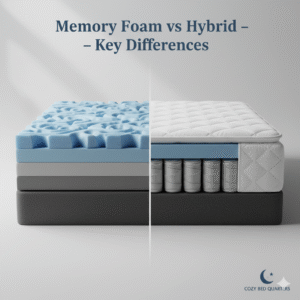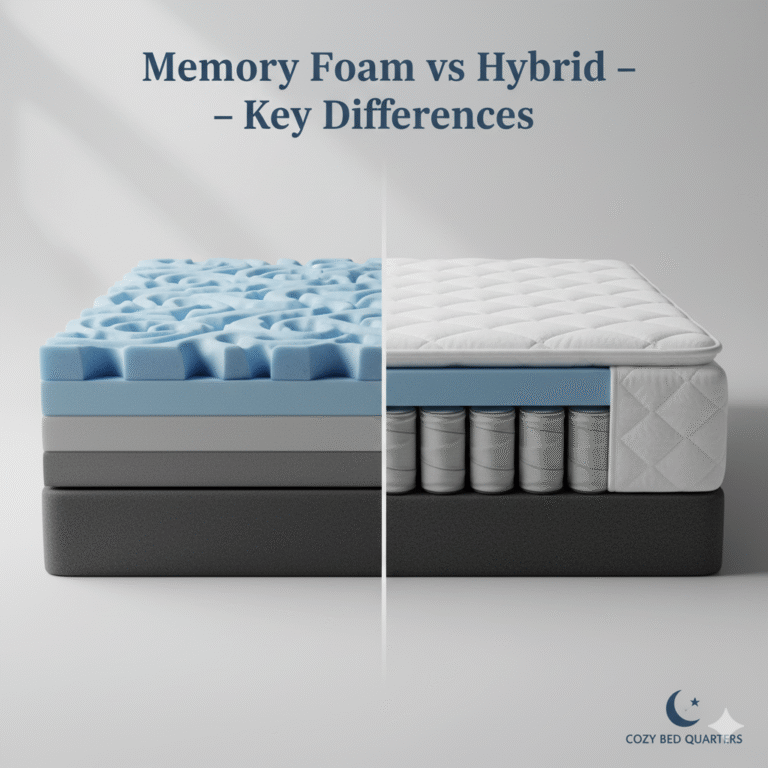Is the Bedding Ceremony Still Practiced Today? Modern Rituals (2025)
The bedding ceremony sounds like a scene from a romance epic, but it was once a very real part of wedding customs across Europe and beyond. So, is the bedding ceremony still practiced today? Not as a public spectacle—yet its meaning lives on through private thresholds, quiet blessings, and historical reenactments. In this guide, we’ll explain where the ritual came from, why it faded, and how couples can honor its spirit with modern, comfortable, and value-aligned choices for their first night together.
Key Takeaways: bedding ceremony
- The bedding ceremony historically involved escorting newlyweds to bed as a communal affirmation of their union.
- Public versions are rare today; symbolic, private gestures carry forward the meaning instead of the spectacle.
- Is the Bedding Ceremony Still Practiced Today? Symbolically, yes—through threshold rituals, blessings, and reenactments at festivals.
- Changing privacy norms, religious reforms, and urban living led to the ritual’s decline by the 19th century.
- Couples now personalize the moment with restful spaces, mindful materials, and comfort-forward bedding choices.
What Was the Bedding Ceremony? (Answer-first)
Short answer: It was a public escort of the newlyweds to their marital bed, witnessed by community members who offered songs, jokes, or prayers. The ritual marked the transition from contract to lived union.
Across medieval and early modern Europe, families and friends sometimes accompanied the couple right to the bedchamber. Among nobility, the ceremony could be theatrical—marriages often sealed alliances. In villages, it reinforced ties and values in a world where marriage wove social, economic, and spiritual life together.

How Did Different Cultures Interpret It? (Answer-first)
Bottom line: The details changed by region, but the core remained communal blessing. In practice, some regions emphasized humor and music; others leaned spiritual and formal.
- Nordic regions: Processions, songs, and symbolic gestures—like removing the bride’s shoes—to mark joining a household.
- Germanic villages: Lively escorts with lanterns and music underscored community witness.
- East Asia: Bridal-chamber preparations with auspicious items intended for harmony and fertility.
- African contexts: Multi-day weddings with elders’ blessings and guidance for the couple at the doorway.
Today, many couples prefer private echoes: a quiet exchange of vows, a toast, or a restful bedroom setup. If you’re choosing materials and weaves for comfort, explore CBQ guides on bedding materials and selecting bed linens from our internal library.

Is the Bedding Ceremony Still Practiced Today? (Answer-first)
Mostly no in its original public form, but yes symbolically in certain communities and events. Elements surface in some faith traditions and cultural contexts, and reenactments appear at festivals and fairs. In mainstream Western weddings, the meaning is preserved by private gestures instead of public witnesses.
Think of it as a shift from spectacle to significance: couples craft a small threshold moment that is intimate, consensual, and aligned with their values. Comfort-forward bedding choices also express care—because how you rest that first night sets the tone for many nights to come.

Why Did the Tradition Decline? (Answer-first)
Privacy, reform, and urban life changed expectations. As ideas about intimacy evolved, public rituals around the wedding night felt inappropriate. Religious reforms reshaped what counted as proper celebration. Cities made homes smaller and more private, and family structures shifted. By the 19th century, public bedding ceremonies had largely disappeared in Western Europe.
Yet what mattered most—the threshold from single to married life—did not vanish. It simply moved behind closed doors, where couples could define meaning on their own terms.

A Modern Guide: Honor the Tradition, Skip the Spectacle (Answer-first)
Keep the meaning; craft comfort. You can nod to history with small, dignified choices that feel like you—no audience required.
- Create a private threshold: Exchange a short vow, blessing, or gratitude list together—just the two of you.
- Prioritize restorative bedding: Match weave to climate and feel. Percale is crisp and cool; sateen is smooth and drapey. See Sleep Foundation’s comparison of sateen vs. percale.
- Go beyond thread count: Quality yarns and construction matter more than chasing a number. Learn the basics in Sleep Foundation’s thread-count guide.
- Top layers with flexibility: A duvet + cover makes seasonal tweaks easier. Parachute explains what a duvet is, and Better Homes & Gardens breaks down duvet vs. comforter.
- Design for the senses: Lighting, a favorite scent, and a tidy space say “welcome home” after a big day. For comfort tactics, explore CBQ’s temperature-regulating bedding.
Eco-Friendly vs. Conventional Bedding: What Matters Now (Answer-first)
Eco choices focus on materials, processing, and lifecycle. They can deepen the symbolism of care—toward each other and the planet.
- Materials: Organic cotton, linen, and lyocell are breathable and durable, reducing pesticide use versus conventional cotton. See CBQ’s materials guide for trade-offs.
- Certifications: Look for trusted labels (e.g., GOTS for organics; OEKO-TEX for harmful-substance testing) to align purchases with health and sustainability goals.
- Comfort synergy: Breathable fibers plus the right weave support cooler, deeper sleep—ideal after the wedding whirlwind. Our guide to selecting bed linens helps match fabric to climate.
- Longevity: Choose durable construction, then follow care labels. A better-built set supports nightly rest long after the big day.
Buyer’s Mini-Guide: Weave, Warmth, and Longevity (Answer-first)
Match fabric to feel and season. These quick rules prevent regret and maximize comfort.
- Weave & feel: Percale = crisp and airy; sateen = smoother drape. Compare with Sleep Foundation’s sateen vs. percale.
- Thread count, decoded: A useful range depends on fiber and weave—not an arms race. See the thread-count basics.
- Top layer choice: Want flexibility and easy cleaning? Consider a duvet insert with a cover (learn what a duvet is) or compare duvet vs. comforter.
- Care & storage: Wash on gentle cycles, rotate by season, and store in breathable bags to extend lifespan.
- Value picks vs. heirlooms: Balance budget with durability. Choose the set you’ll love nightly, not just on day one.
FAQ: Bedding Ceremony Today
- Is the bedding ceremony still practiced today?
- Not publicly in its medieval form, but symbolic versions persist: private thresholds, blessings, and festival reenactments.
- Where is it observed symbolically?
- Elements appear in certain religious and cultural contexts and at historical fairs, where the vibe is educational and theatrical rather than literal.
- Why did the ritual decline?
- Shifting norms around privacy and intimacy, religious reforms, and urban living made public wedding-night customs unacceptable.
- Did crowds witness consummation?
- Typically no. Public presence was symbolic; the private act remained private.
- How do couples honor the meaning today?
- By creating a small, consensual ritual—letters, blessings, a toast—and designing a restful space with well-chosen materials.
Final Thoughts
The public theater has faded, but the bedding ceremony endures as a quiet passage—one you can shape with warmth, respect, and care. Whether you choose crisp percale or smooth sateen, organic cotton or linen, the point is comfort and intention. For deeper dives, explore CBQ’s guides to choosing bed linens, understanding materials, and sleeping cool year-round.
Related Readings
Sleep Foundation: Sateen vs. Percale Sheets
Sleep Foundation: Best Thread Count for Sheets
Parachute Home: What Is a Duvet?





















